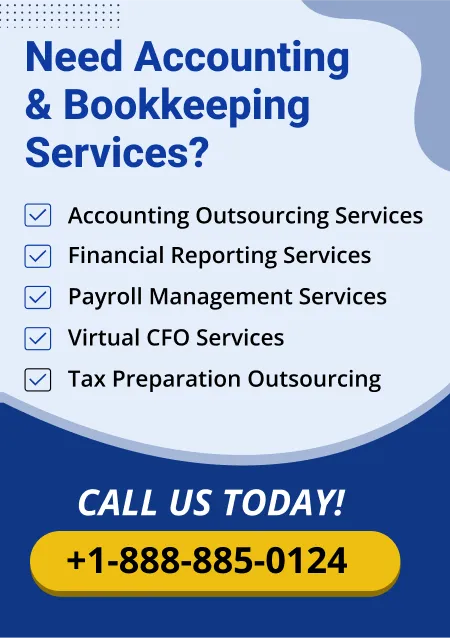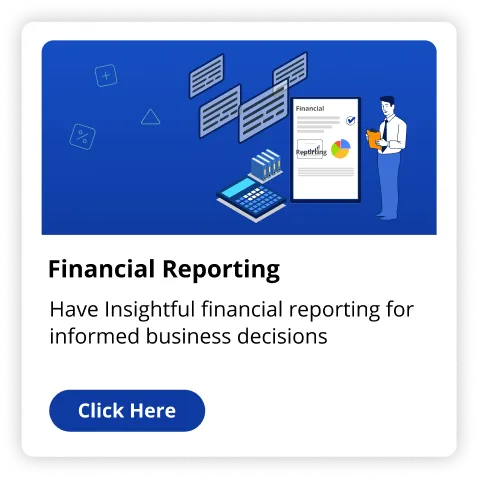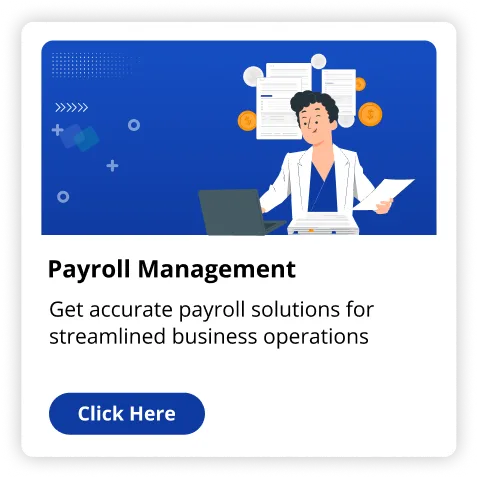Every business person wants their company to be financially healthy all year round. When talking about financial health, an important metric on your balance sheet is what we call owner's equity. As a matter of fact, a recent research discovered that 40% of small businesses are financially illiterate and do not have basic understanding of financial terms such as owner's equity. Here, we’ll learn what owner's equity is and how you can compute it to evaluate your business worth and financial standing.
What Is Owner's Equity?
Owner's equity is what you possess in your company as a proprietor after paying off all of the debts. Think about it as what would be left to you if you sold all your business assets and eliminated all your debts. It is a big figure since it represents your investment in the business.
In case you look at your company financial statements, you find owner's equity among the top components along with liabilities and assets. The basic formula would be :
Owner's Equity = Assets - Liabilities.
Let us understand it:
- Assets consist of anything your business has that's valuable - including cash, inventory, or equipment.
- Liabilities are what your business owes other people, like loans, bills or other debts.
Your owner's equity is the difference between your liabilities and assets. This particular figure is essential as it lets you know which share of the business is yours once all the debts are paid off.
Why Is Owner's Equity Important?
Owner's equity provides you with insights into your business's economic health. In case you have positive owner's equity, your assets are better compared to your liabilities and you own most of your business. Alternatively, in case your liabilities exceed your assets, you may have negative equity - a sign of financial difficulty.
Knowing the owner's equity also helps with business decisions. For instance, in case you are contemplating taking on more debt or even growing your company, knowing your equity can help you determine whether your company is in a good position to expand.
And in case you actually do decide to sell your business, people will ask for owner's equity. It doesn't directly correlate with the sale price, but provides purchasers an idea how financially sound the business is.
What Is Included in Owner's Equity?
Owner's equity contains several components that reflect your business financial activity. What's typically calculated:
- First Capital Investment: Your investment money to begin or grow your business.
- Profits Retained in the Business: All profits made by the business and stored in the company as opposed to distributed or withdrawn.
- Withdrawals (Draws) of Owners: This reduces your equity if you took money from the business.
- Further Capital Contributions: This can add equity in case you've invested more cash in the business in time.
- Liabilities: The debts and obligations your business owes.
For companies structured as businesses, owner's equity is at times referred to as shareholder's equity or stockholder's equity and can include profiles like retained earnings, common stock and preferred stock. Either way, in case you operate a sole proprietorship or a company, the idea of equity will be the same.
Can Owner's Equity Be Negative?
When your business has more liabilities than assets, owner's equity is negative. This is a red flag for just about any business owner since you owe more than your business owns and it might signal economic difficulty.
For instance, in case your business has USD 50,000 in assets but USD 60,000 in liabilities, your equity might be negative USD 10,000. In this situation you might have to put additional capital in the business or lower your liabilities.
Negative equity isn't the end of the world, though it needs your immediate focus. You might have to reevaluate your expenses, obtain extra revenue, or refinance your debt to stay away from more financial difficulty.
How to Calculate Owner’s Equity
As soon as you understand your business's liabilities and assets, the formula for owner's equity is fairly simple. Let us use an example to demonstrate the process.
Think about you have a bakery and your balance sheet at the end of the year looks something like this:
- Total assets: USD 200,000 (cash, bakery equipment, inventory and property)
- Total liabilities: USD 50,000 (business loan plus outstanding supplier invoices plus other debts).
You subtract your liabilities out of your assets to compute your owner's equity:
Owners Equity = USD 200,000 (equities) - USD 50,000 (liabilities) = USD 150,000
In the following example, your owner equity is USD 150,000, therefore in case you sold all your assets and paid off your debts you will have USD 150,000 remaining.
Now consider this example once again. Say you also took out USD 20,000 in personal draws during the entire year. This would be deducted out of your owner's equity, giving you USD 130,000 equity.
What Is a Statement of Owner's Equity?
A statement of owner's equity is a monetary document which discusses changes in owner's equity as time passes, like over a year or a month. It shows the way your equity changed because of profits, losses, or withdrawals from the business.
This statement typically includes:
- Your equity opening balance at the beginning of the period.
- Increases from profits or other investments.
- Decreases on losses or withdrawals.
- Your equity closing balance at the end of the period.
Look at this statement to see the way your equity changed and discover why it did. It shows you if your small business is expanding or if it requires improvement.
Final Thoughts
Owner's equity is much more than a number on a balance sheet; it is an indication of your financial position in your company. By routinely calculating and monitoring it, you can better understand your business financial health, make much better choices and get ready for long-term success.
Remember the formula:
Owner's Equity = Assets - Liabilities.
Watch each side of this equation in order to maintain your business on sound financial ground. Whether you reinvest profits or draw from the company, understanding owner's equity will let you control money now.
For expert accounting and bookkeeping solutions for your business in the USA, turn to The Fino Partners today.
Read Also How to Calculate the Current Ratio and What It Means for Your Business


























